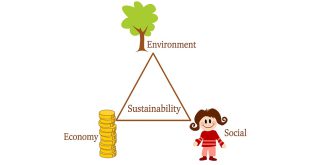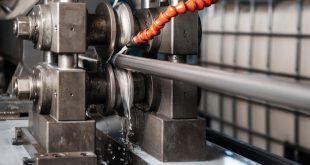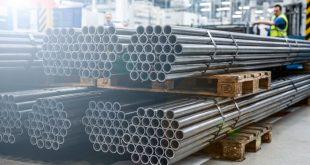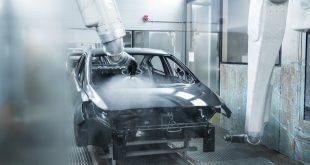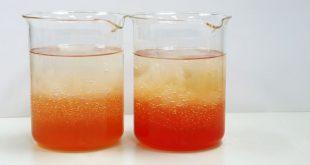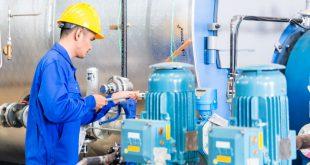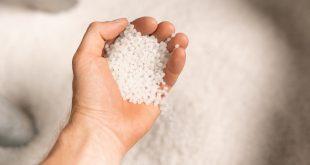« The Sustainability Assessment System Explained » EcoVadis SAS is a Paris-based company, established in 2007, that operates globally to assess sustainability practices within companies. The outcome is the EcoVadis Sustainability Rating. This rating allows participating companies to precisely determine …
Read more »Work Hardening Explained
« Processes, Benefits, and Applications in Modern Industry » Work hardening occurs when metallic mat…
Thread Forms – Rolling, Pressing, and Cutting
Threaded connections make it possible to join and separate parts easily, even when different materia…
Electroplating and Anodizing: Key Differences
Professional surface treatment significantly increases the lifespan of components. The chosen method…
Abrasive Wear
« Abrasive Wear Causes and Countermeasures » Wear occurs whenever materials degrade through use. Abr…
Surface Treatment with Manganese Phosphate Coatings
How Does Manganese Phosphating Work? Manganese phosphating is a conversion coating process used prim…
Recent Posts
The Sustainability Triangle
Why Economy, Ecology, and Social Responsibility Must Be Seen as a Unified Whole in Industry In the 1990s, the concept of the “sustainability triangle” gained traction in environmental discussions. It was particularly influential in the chemical industry, which contributed valuable …
Read more »Forming Processes in Surface Technology
« Where Are Forming Lubricants Used? » Forming includes those manufacturing processes in which tools apply high external forces to deliberately change the contours of materials. A prerequisite is the close interaction between material and tools, which enables force transmission …
Read more »Tube Drawing: Process and Application
Tube drawing is a critical manufacturing process that creates precise, high-quality metal tubes used in everything from automotive parts to construction materials. The process transforms stock materials into finished tubes with precise dimensions. The starting materials are typically steel hollow …
Read more »Which detackification agents are used in paint application processes?
Coagulants cause coating particles in wastewater to join together into micro-flocs and allow them to be separated during further treatment. Read here about where wastewater is generated during painting processes, how detackification works, what requirements detackification agents must meet, and …
Read more »What Is Flocculation?
Everything You Need to Know About the Process Flocculation is a process in which very small solid particles, finely dispersed in a liquid, clump together into loose aggregates. The fluid and flocs can then be separated with minimal effort. Read …
Read more »Overview of CO2 Binding Options
Since the mid-19th century, carbon dioxide levels in the atmosphere have steadily increased. With industrialization and rising carbon dioxide emissions, concentrations have surged from an average of 280 ppm (parts per million, a unit measuring the concentration of gases in …
Read more »Effective Machine Maintenance
« The Importance of Surface Treatment for Equipment Efficiency » In common terminology, the phrase “maintenance and servicing of machinery and equipment” is frequently used. Strictly speaking, servicing is a broader category that includes maintenance. The latter ensures continuous trouble-free …
Read more »Plastic Recycling in Chemistry
« What Methods Are Used? » Plastics are widely used as packaging materials, insulators, components in various machines and devices, and as coating agents. Unfortunately, their widespread use has led to increasing environmental concerns as they are now frequently found …
Read more »What Are the Main Greenhouse Gases—and Which Ones Are Especially Relevant in the Chemical Industry?
The accumulation of greenhouse gases in the atmosphere is the main driver of global warming. The consequences of this include droughts, heavy rainfall, storms, and flooding. Melting ice masses also raise sea levels. But why exactly are greenhouse gases harmful? …
Read more » Kluthe Magazine
Kluthe Magazine

